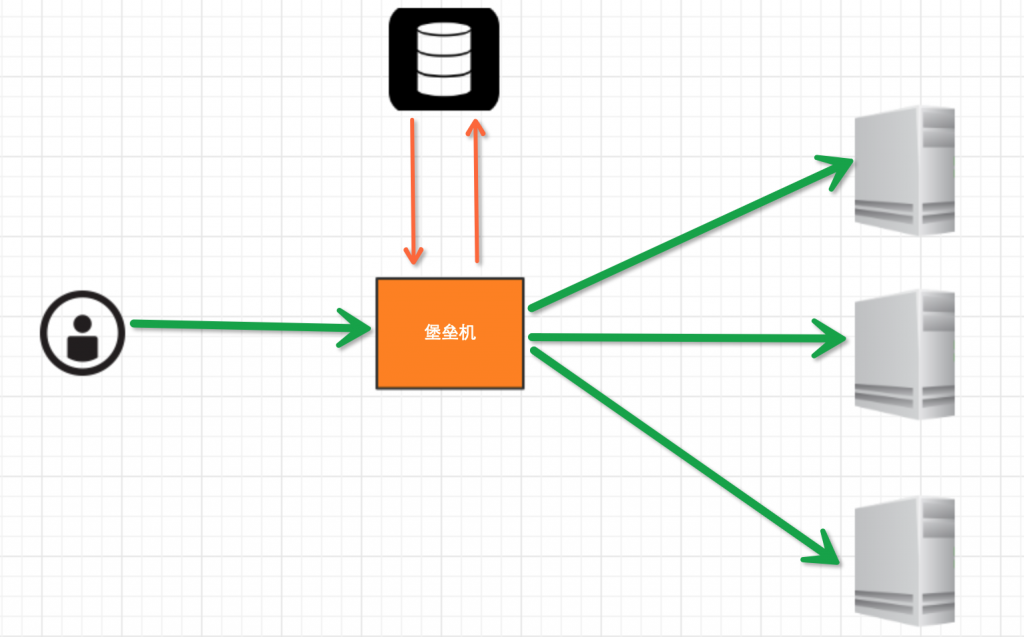从来没见过这么漂亮的女律师,做你的当事人一定会很幸福。学会坚强,做一只沙漠中永不哭泣的骆驼!
1、可以在mode参数中添加'b'字符。所有适合文件对象的相同方法。然而,每种方法都希望并返回一个bytes对象。
>>> with open(`dog_breeds.txt`, 'rb') as reader: >>> print(reader.readline()) b'Pug\n'
2、当打开文件并单独阅读这些字节时,可以看到它确实是一个png文件:
>>> with open('jack_russell.png', 'rb') as byte_reader:
>>> print(byte_reader.read(1))
>>> print(byte_reader.read(3))
>>> print(byte_reader.read(2))
>>> print(byte_reader.read(1))
>>> print(byte_reader.read(1))
b'\x89'
b'PNG'
b'\r\n'
b'\x1a'
b'\n'
知识点扩展:
读取文件的字节流数据,将其转换为十六进制数据
def read_file():
with open('./flag.zip','rb') as file_byte:
file_hex = file_byte.read().hex()
print(file_hex)
write_file(file_hex)
def write_file(file_hex):
with open('new.txt','w') as new_file:
new_file.write(file_hex)
if __name__ == '__main__':
read_file()
读取文件的字节流数据,将其编码为base64并输出
import base64
def read_file():
with open('./flag.zip','rb') as file_byte:
file_base64 = base64.b64encode(file_byte.read())
print(file_base64)
if __name__ == '__main__':
read_file()
将十六进制文件转化为字节流文件写入
import struct
a = open("str.txt","r")#十六进制数据文件
lines = a.read()
res = [lines[i:i+2] for i in range(0,len(lines),2)]
with open("xxx.xxx","wb") as f:
for i in res:
s = struct.pack('B',int(i,16))
f.write(s)
以上就是python用字节处理文件实例讲解的详细内容,更多关于python使用字节处理文件的资料请关注其它相关文章!





